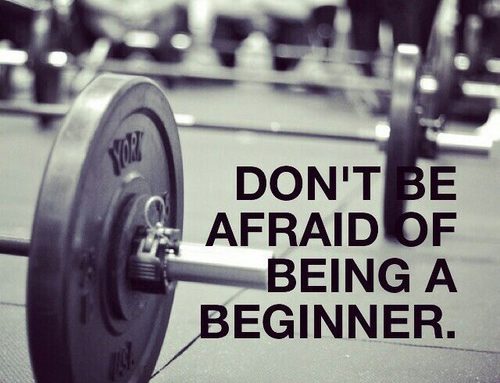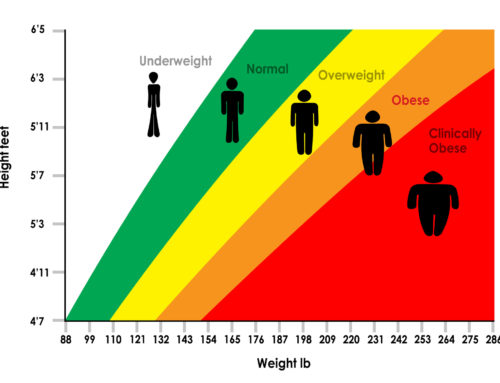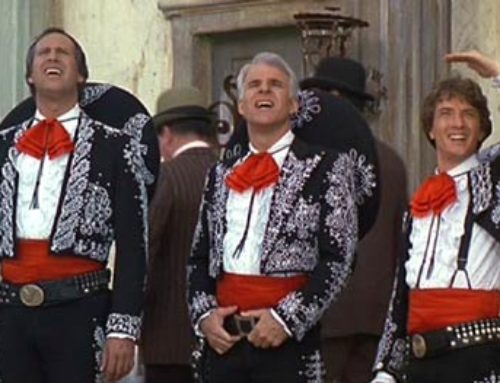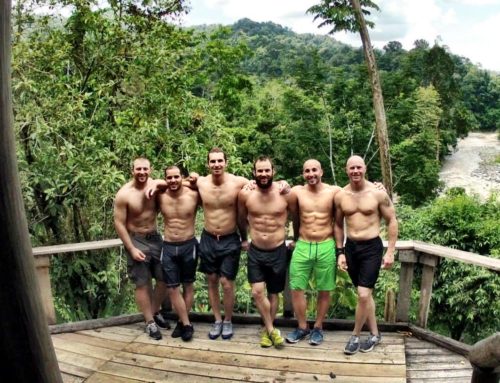Throughout human history we see evidence of the power of the tribe. That is, how people perform and act when they are banded with others. Take the example of the Spartans. Sparta, was a prominent city in ancient Greece. Spartan citizens enjoyed equal rights and even women held rights similar to men. Men would train when they very young in small groups through the agoge training and education. They would learn, suffer and improve together. Almost all military training models today incorporate some of the aspects of the agoge in their cadets or recruits.
We also see this phenomena in the world of sports, fitness and other endeavors. Plain and simple, people like to be with other people and that sense of need brings out the best in us!
In a series of studies stretching back more than a decade, University of Saskatchewan professor Kevin Spink has found those who feel a greater sense of “groupness” and cohesion within an exercise class are more punctual, have better attendance and even work harder.
The benefits of training in a group in programs like crossFit are many, but here are just a few of them:
* Motivation: Teaming up with likeminded people who share your goal of losing weight, gaining strength, increasing performance, or competing in a physical event will push you to be your best. In group training, your skilled coach can push you to your highest level, plus your cohorts will cheer you on to do your best. You will find when training with others that you are two times more capable than you thought you were!
* Accountability: Letting one person down is difficult, but it’s even harder to blow off several people who are looking to see you. That’s the power of group. A group holds you accountable in a way a trainer or coach can’t. How would you like a group to call you and check on you? Many find their fitness group their community that encourages and looks out for them. When I work with a group, I stress the fact that everyone has your back and you have to have their back as well. With that notion it continues to go round and round in a cycle and everyone always has ample support.
* Camaraderie: If you are not laughing—or at least smiling—while you are training, you are definitely doing something wrong. Training time is about laughter, competition, having fun, and joking around. Training is not always serious. I’m sure you all have heard the saying, “If you enjoy what you do, you will never work a day in your life.” Same thing goes for training!
*Human contact: Are you one of the many people who sit behind a computer all day and see only one or two people on your way to and from work? You weren’t built for that! A group can be a great way to get reconnected. There is something about being physically present with other people that cell phones and computers can’t replace. We all need a slap on the back for a job well done and some encouraging words. I’ve even seen new friendships formed over fitness.
*Performance: Research has proven that performance skyrockets when you train in a group. Groups will make you work harder and push yourself further. Performance is closely associated with motivation and accountability.
*Science: A vast amount of research indicates that group training and exercise will lead you to more benefits than you expect. It’s not just about enjoying time with others; there is a physiological response to working in a group. Endorphins are like a runners’ high and provide a good feeling. Studies show that endorphin levels increase substantially when exercising in a group. No matter what type of exercise, the endorphin hormones increase.
Here’s an interesting piece of information. In a series of papers written by, researchers from Oxford’s Institute of Cognitive and Evolutionary Anthropology, they reported on a study of the university’s famed rowing team. The crew was divided into teams of six, each of which performed a series of identical workouts on rowing machines. The only variable was whether the workouts were performed alone, or in teams with the six machines synchronized by the crew’s coxswain.
After each workout, a blood-pressure cuff was tightened around one arm of each subject until he reported pain, an indirect method of measuring endorphin levels in the brain. Endorphins – the same chemicals that stimulate “runner’s high” – produce a mild opiate high and create a sense of well-being as well as blocking pain. Sure enough, the rowers’ pain threshold was consistently twice as high after exercising with their teammates compared to exercising alone, even though the intensity of the workouts was identical.
It appears that the shared goal or the power of group training improved the performance of the rowers in a team environment superior to that of an individual training setting. If you find that you would rather train alone, there is nothing wrong with that, but you may be leaving some fitness and performance on the table. Also, if you find isolated training works better, ask yourself why? Maybe there is no reason, but maybe there is improvement needed in the areas of trust, human relationships, and being vulnerable and accountable to others.
We all know that training together in a group has powerful results. Why? Many of us have experienced it. The experience itself is evidence enough that it works.




Leave A Comment